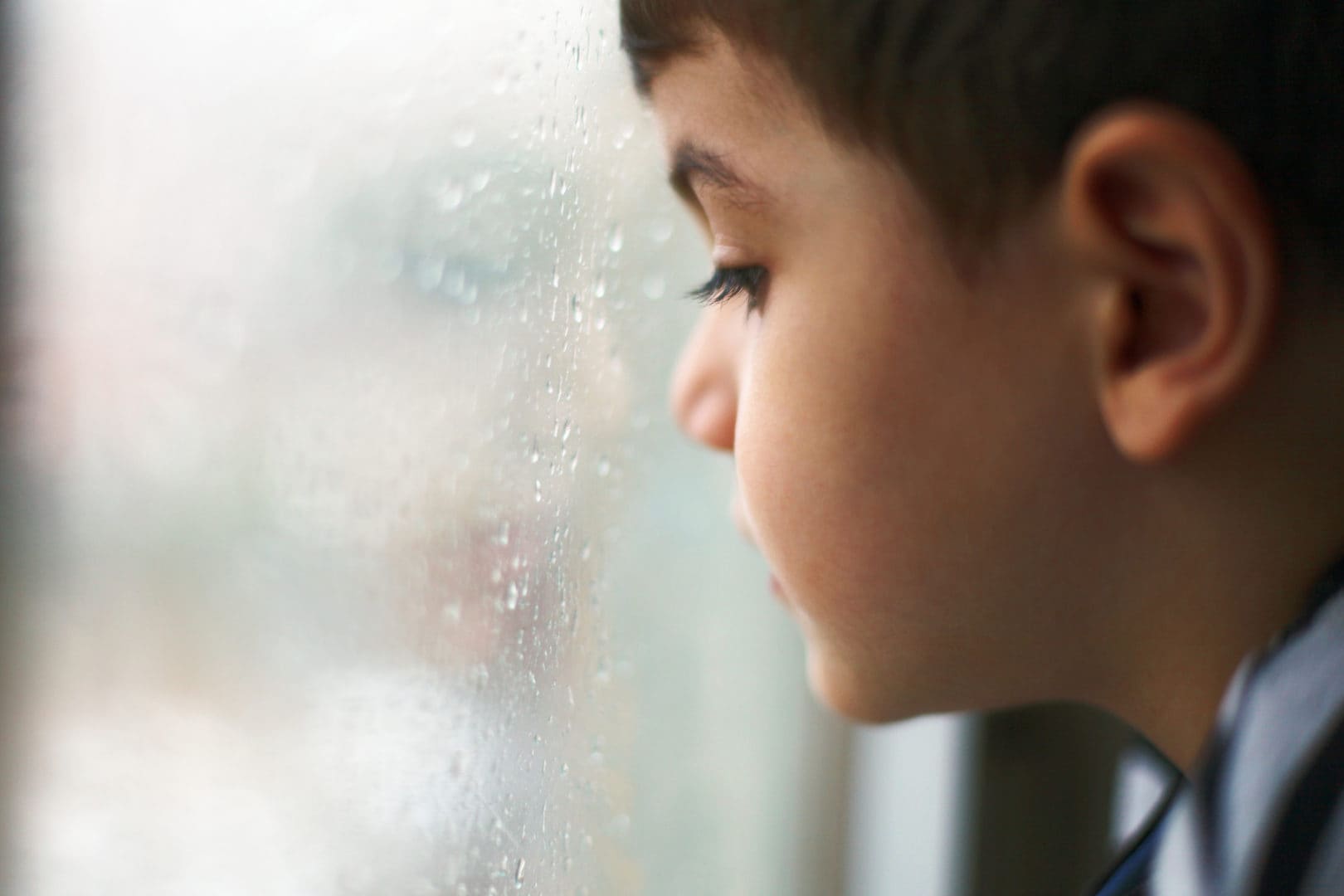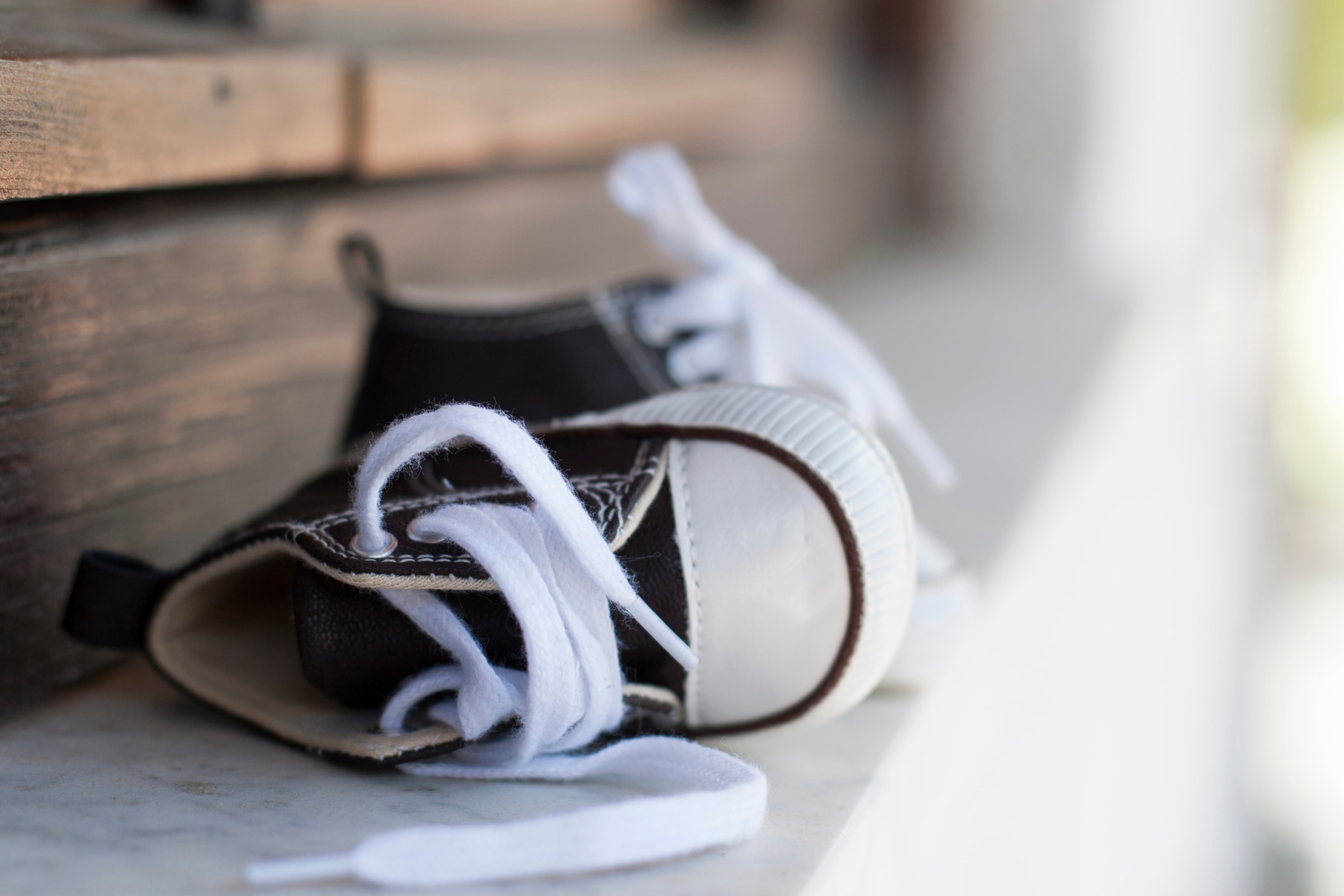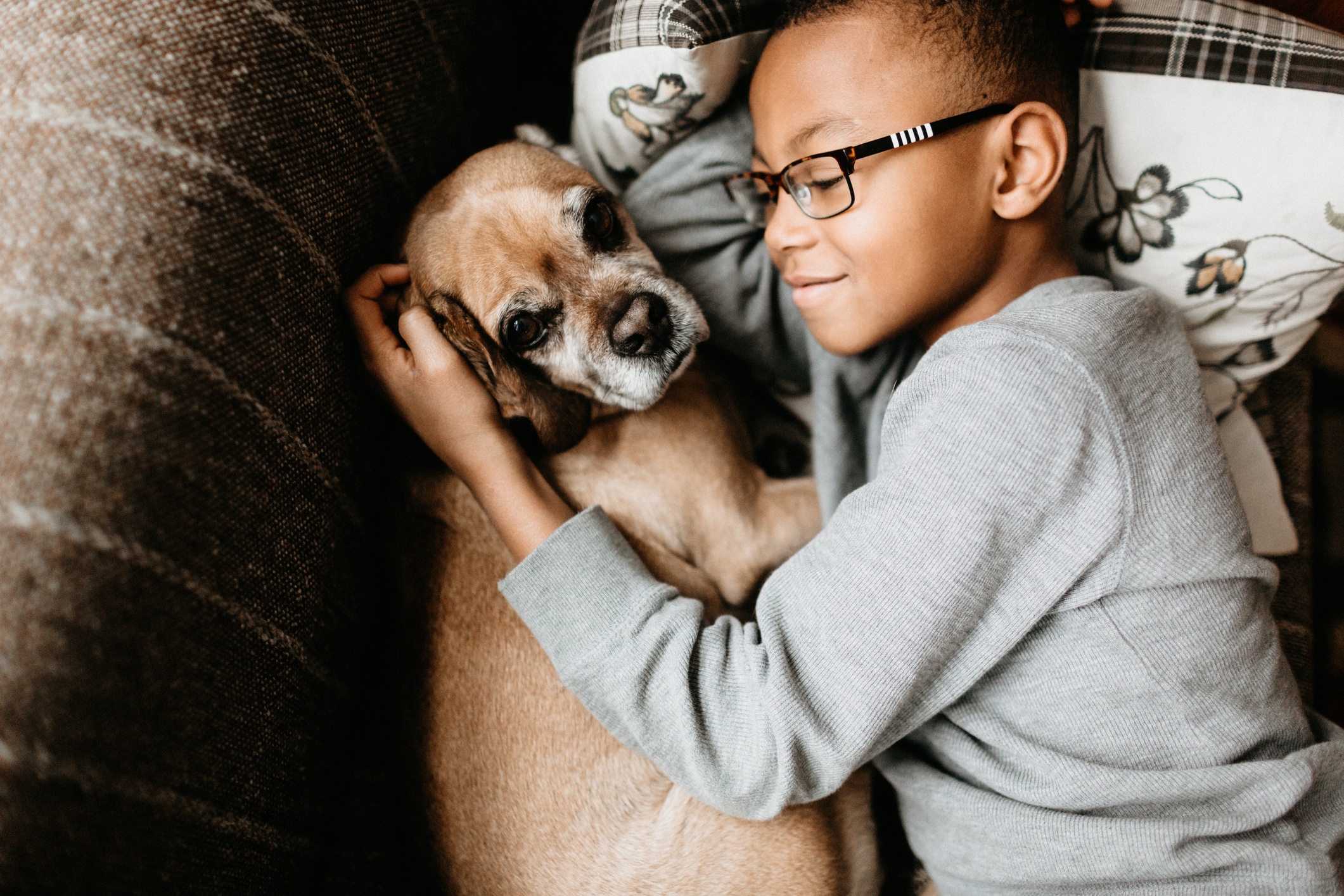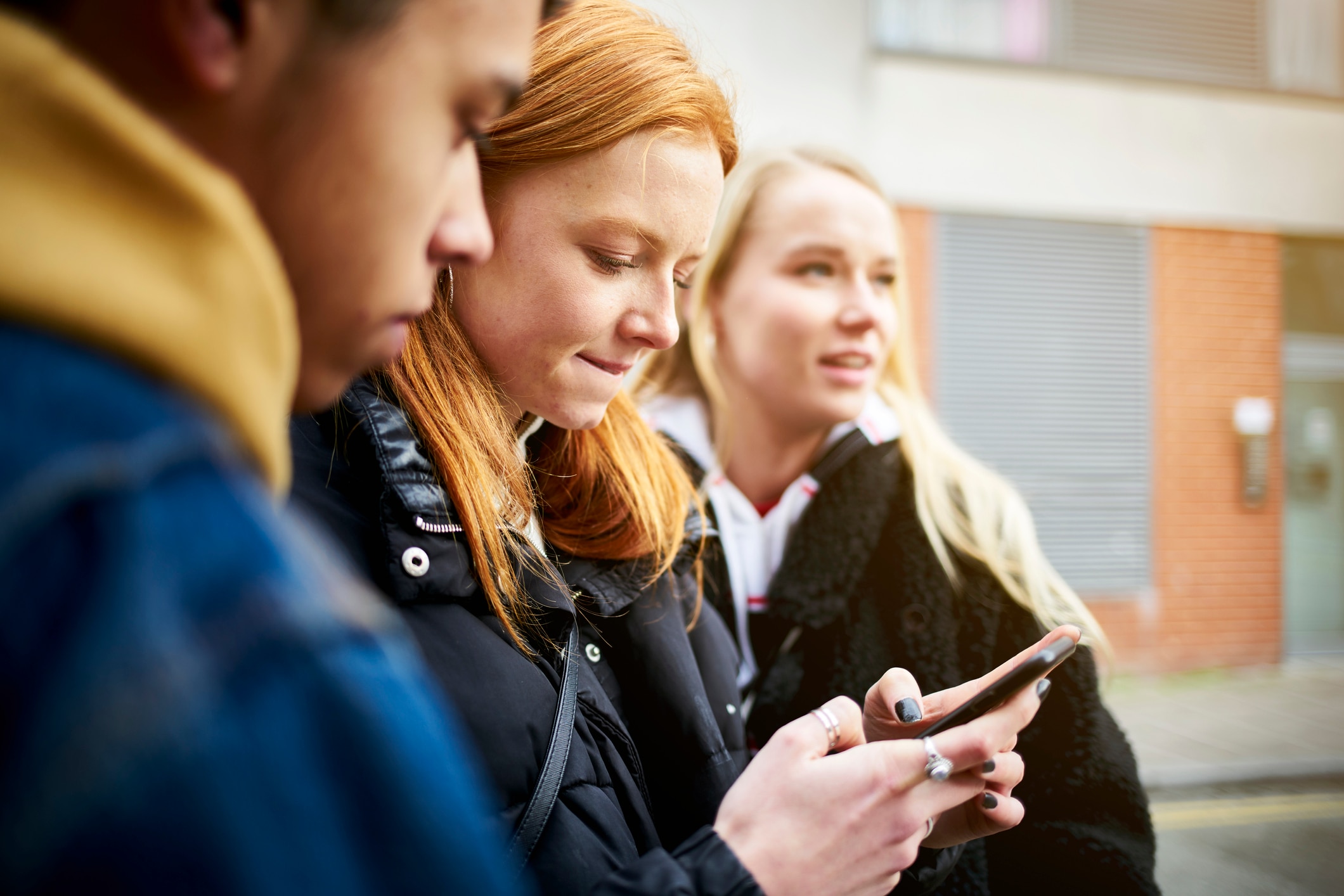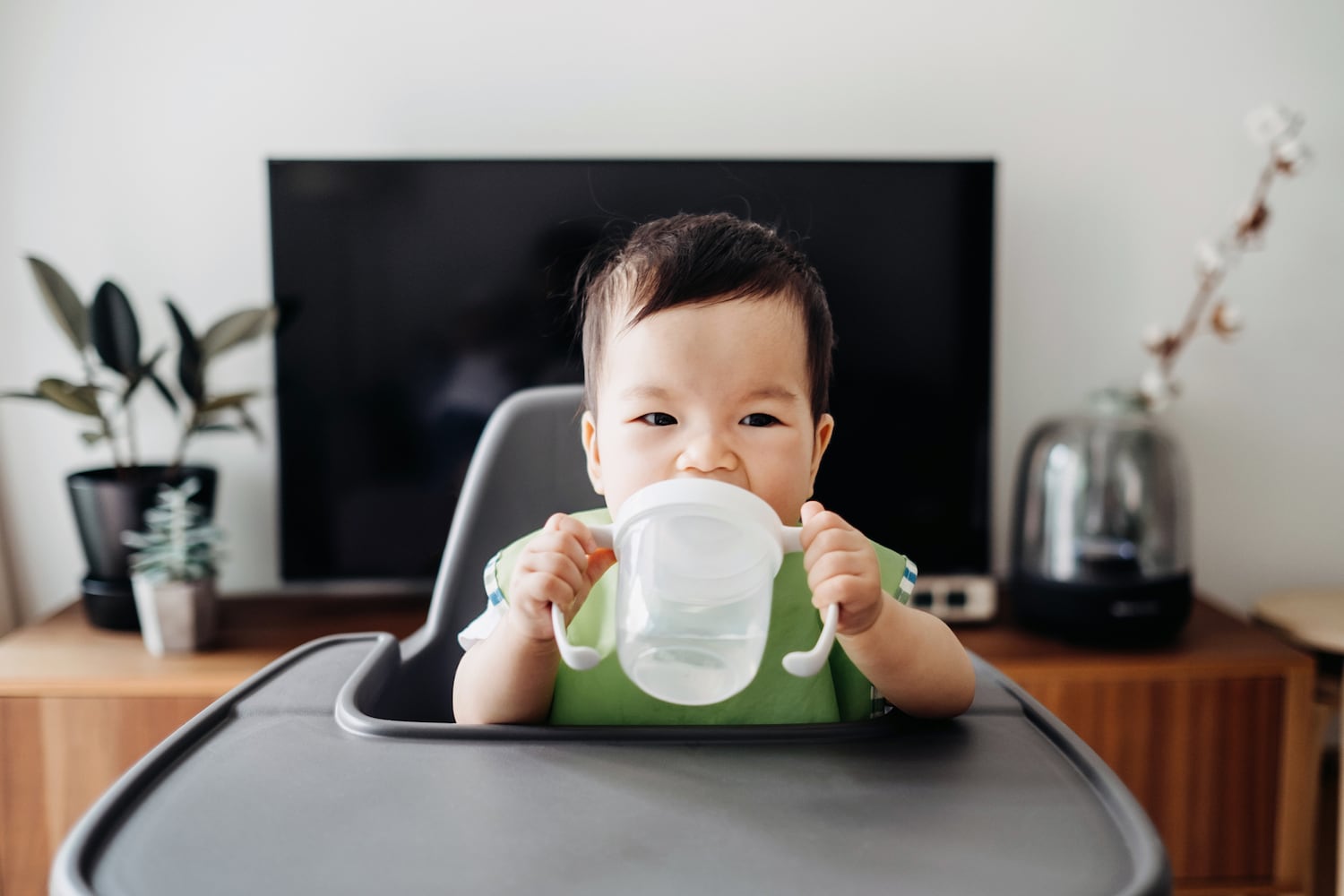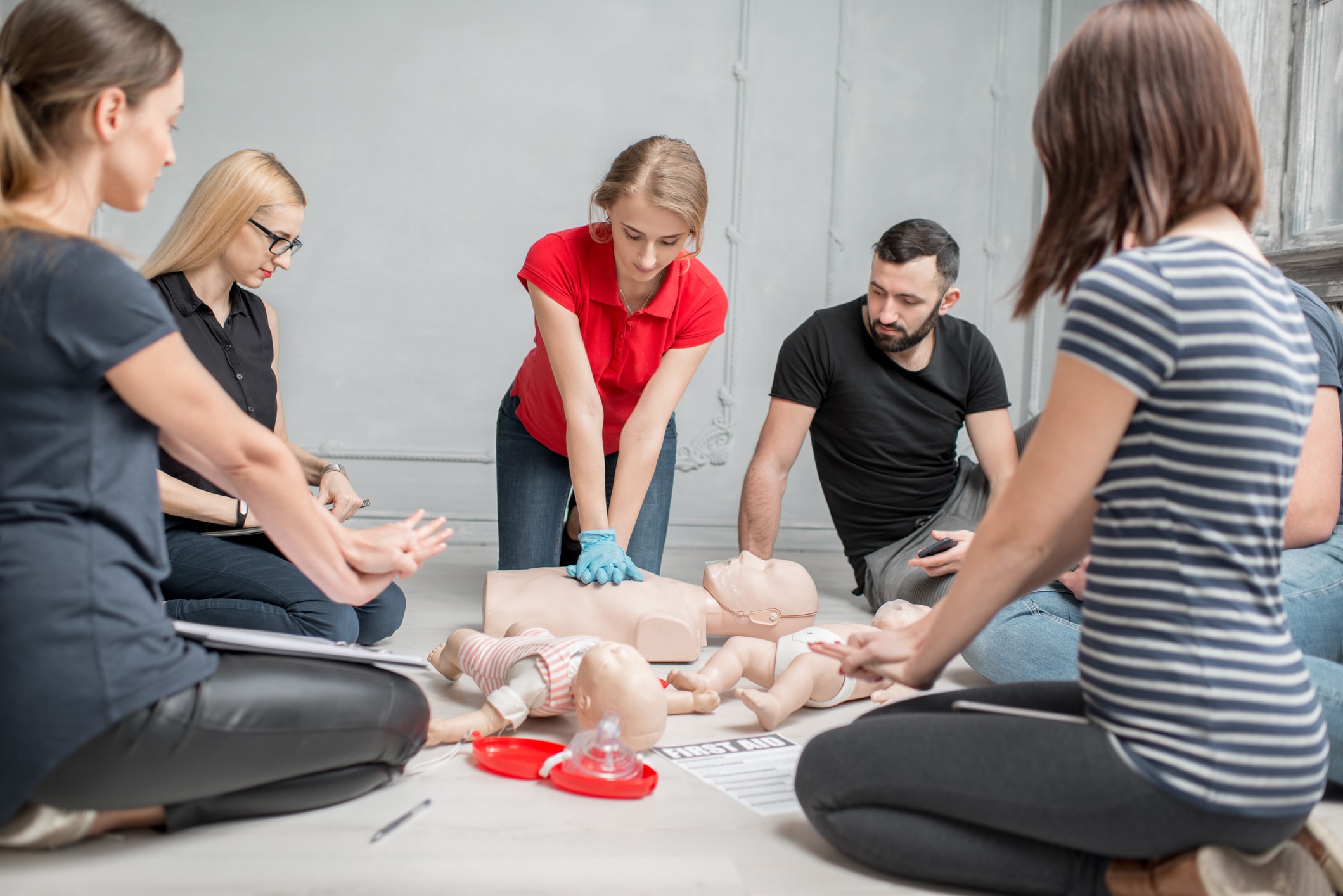“I want it to rain like this all the time,” he said.
I looked at him in surprise. Tropical Storm Imelda was raining sheets outside. And just then — as if the storm had its own sense of comedic timing — a crack of thunder shook the walls.
My 4-year-old barely noticed. He took out another hunk of play dough and chattered away about how cool it was to stay home from school. He didn’t see me nervously eyeing the rain taking over the street, and he didn’t know about the families escaping flood waters less than a mile away. To him, it was just another big storm in Houston.
When I moved to the Gulf Coast nearly 10 years ago, I knew I’d have to hunker down for the occasional hurricane. But let’s be real, it’s been a rough few years.
There was the Memorial Day flood in 2015 and the Tax Day flood the year after that. When Hurricane Harvey hit in 2017 and dumped 60 inches of rain in a matter of days, we all thought that would be it for a while. But then less than a year later, heavy rains caused flooding again on the 4th of July.
By the time Imelda struck in 2019, I had become a little jumpy when storms rolled through, which is why my son’s comment shook me.
“Who’s that?” he asked, pointing down at my phone and forcing my eyes away from the window.
On the screen, I had a news story pulled up about Greta Thunberg, the 16-year-old climate activist from Sweden.
I told him she was a girl working really hard to protect the planet and keep the Earth from warming too quickly.
That made him perk up a little. Thanks to a science-loving preschool and some popular kids’ cartoons, my son was already at least a little familiar with the concept of climate change. He knew that the glaciers were melting way too fast, and that was causing the ocean to rise and polar bears to starve.
But he wanted to know more. Where would Santa live if the Arctic melted? Why can’t we just turn the Earth’s temperature down like at home? What if we planted more truffula trees like in the Lorax?
I answered him the best I could, but there were some questions that had me stumped: Why don’t we just tell everyone to stop putting bad gases into the air? What happens when all the ice is gone? Where will people go when the ocean covers their homes?
I asked him if he knew that a warmer planet could also mean more big storms. He looked outside at the rain slapping on the back patio.
“Like this one?” he asked.
“Maybe,” I said.
“Then I don’t really want it to rain like this all the time,” he said, shaking his head. “I want to cool the Earth down.”
We brainstormed for a while on ways we could help do that: Turning off lights when we don’t need them. Eating more plants and wasting less food. Walking to the park instead of driving.
He ran out of steam after a while and went back to his play dough. But I’ll be honest, the conversation left me reeling.
A couple days later — as many in our community were ripping out soggy flooring or getting the last of their belongings from their flood-damaged cars — a group of teenagers led a climate rally outside City Hall in downtown Houston. They were among the estimated 7.6 million people in 185 countries to mobilize in the name of climate action.
The next week, Thunberg would tell a roomful of grownups at the United Nations, “The eyes of all future generations are upon you.”
Her words would bounce around my head for days.
Heavy rainstorms like Imelda still feel new and scary to me, but my son has never known anything different. And real talk: That breaks my heart. For him, climate change isn’t something to be debated. It’s something he’ll have to live through, something he’ll be asked to fix.
One day, he’ll stop wondering where Santa will move and start asking me what I did to stop the impending storms. When that happens, I hope my answer is, “Everything I could.”
